This year’s batch of Student Academy Award nominees highlights a diverse, colorful blending of genres from filmmakers of all walks of life. In this interview series, Film Editor Sergio Zaciu sat down with all seven finalists of 2020’s Narrative – Domestic section, hoping to learn more about their personal backstories, what brought them to the director’s chair, how they made their respective films, and what exciting prospects await them next in their careers.
First and foremost, I’d like to know a little more about you. Where are you from and what drove you towards filmmaking?
Of course, thanks so much for talking with me! I am from New Delhi, India but New York has been home for the last couple of years. Growing up in India it’s hard not to be drawn to films, it’s a massive part of our lives there. But I began considering it seriously when I was living with my sister in Bombay, who at the time was just starting off as a cinematographer. I suddenly had proximity with actors, screenwriters, directors, that kind of demystified filmmaking for me. But I never really tried making anything myself until I applied to NYU for film school in 2014. NYU was really foundational for me in that way, I spent the next few years writing, directing, and editing films for the first time.
BITTU, like many of this year’s finalists, seems to come from a very personal place. It’s a heartfelt, tragic story that captures its setting with impressive authenticity. My first question after the film concluded was whether or not it was based on a true story. Where did the story for BITTU come from? And how many years into your time at NYU did you know that you wanted to make BITTU?
Yes, BITTU is inspired by a real accidental poisoning that happened in a primary government school in Bihar, India. I was carrying the film around in my chest for a long time, I had written an early version at the beginning of film school but only ended up making it three years later as my thesis film. For me, it was important to tell this story without indicting any character, nor sparing any one in it. I first started writing the film in retaliation to the anger I felt reading the news, but it never quite worked on paper when I approached it like that. Ultimately, a lot of scenes stem from my experiences in boarding school. I remember being pushed to think differently, but very often they didn’t know what to do when we actually did. I was always a little uncomfortable by how little I was understood by the people who actually exercised complete control over my life. At its core, the film has always been about a close friendship and a young girl’s experience of individuality in a uniform society.
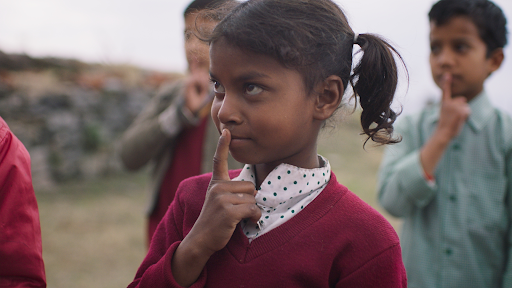
Perhaps the most challenging aspect of making a film like this is casting. Working with children is hard enough, but I imagine that once you’re outside of a metropolitan hub like New York or Los Angeles, it can become even more difficult to find child actors. How did you deal with the casting process? Did you work with a casting director while you were still in New York? And how did you find two girls who were not only perfect for their respective roles, but also had a natural sense of friendship and chemistry?
The casting process was challenging but also kind of organic and serendipitous. It was important for me to cast people that were from the place and professional actors weren’t an important prerequisite for me. I first locked the location, then began street casting two months ahead of the shooting schedule. My friend, Nirvana Sawhney, who is also a brilliant actor, came along to help me. Together we introduced ourselves to the nearby communities and conducted long theater workshops for all the children. I found Rani, who played Bittu, fairly quickly in the process. We had an instant connection on the first day we met. The two girls in the film have a powerful relationship together so we found Bittu’s best friend in the same community. It was important to me that the two girls trusted each other and felt like a team despite being very different. The rest of the class was cast from another school nearby to accentuate the disconnect Bittu feels to the rest of the class in the film. Most of the time before the shoot was spent building trust, creating memories we could refer back to on set, and making them watch films with child actors. I ended up having a very strong connection with the whole community by the end of production, even some of the parents made it into the film. The girls brought so much life to the roles, I’m really proud of their performances, they’re the strength of the film.
Many of this year’s finalists share a pattern of being shot in the director’s home country. What was the process like to go on such an ambitious travel shoot with a student crew? How many fellow NYU students joined you on the journey? How many crew members were local hires? And where exactly did you film BITTU?
I shot BITTU in Koti, a small town in the foothills of the Himalayas. We found a small organic farm in the valley and turned it into a government school. This was my first large outdoor shoot in India, with a crew of about 28 people hired in India. Most of our equipment and crew came from New Delhi, but the bulk of the HODs were hired from Bombay and Calcutta. This was my first collaboration with my sister, Shreya Dev Dube, who shot the film. Because of the nature of the location and cast, my crew was primarily Indian. My producer, Mary Evangelista was the sole NYU crewmember. Mary and I have been close collaborators through film school and I needed someone I trusted to adapt quickly. It was a tough job producing and heading a team that was primarily Hindi-speaking on a difficult location that was cut off from the rest of the world with about 25 children on set. But everyone came through very beautifully.
Like anywhere else in the world, the location in which you film is sure to come with a bevvy of pros and cons. What would you say were the positives and negatives of filming in India?
Shooting in India is very different, it was like an organized chaos, a lot more room for chance and play, all the departments spilling into each other, I really enjoyed it. We had so many moving parts and so many people who were on a set for the first time in their lives, that at times it didn’t feel like a set at all, in all the best ways. The biggest positive of shooting in India are the people, so hard working and doing it for the love of it really. Almost all the adults in the film were people I had met by chance while preparing—the local bartender and the salon lady of the village play the pivotal characters in the film. I went to boarding school in the same town, so I had a lot of help from old friends and family. I can’t wait to go back there and make another film.
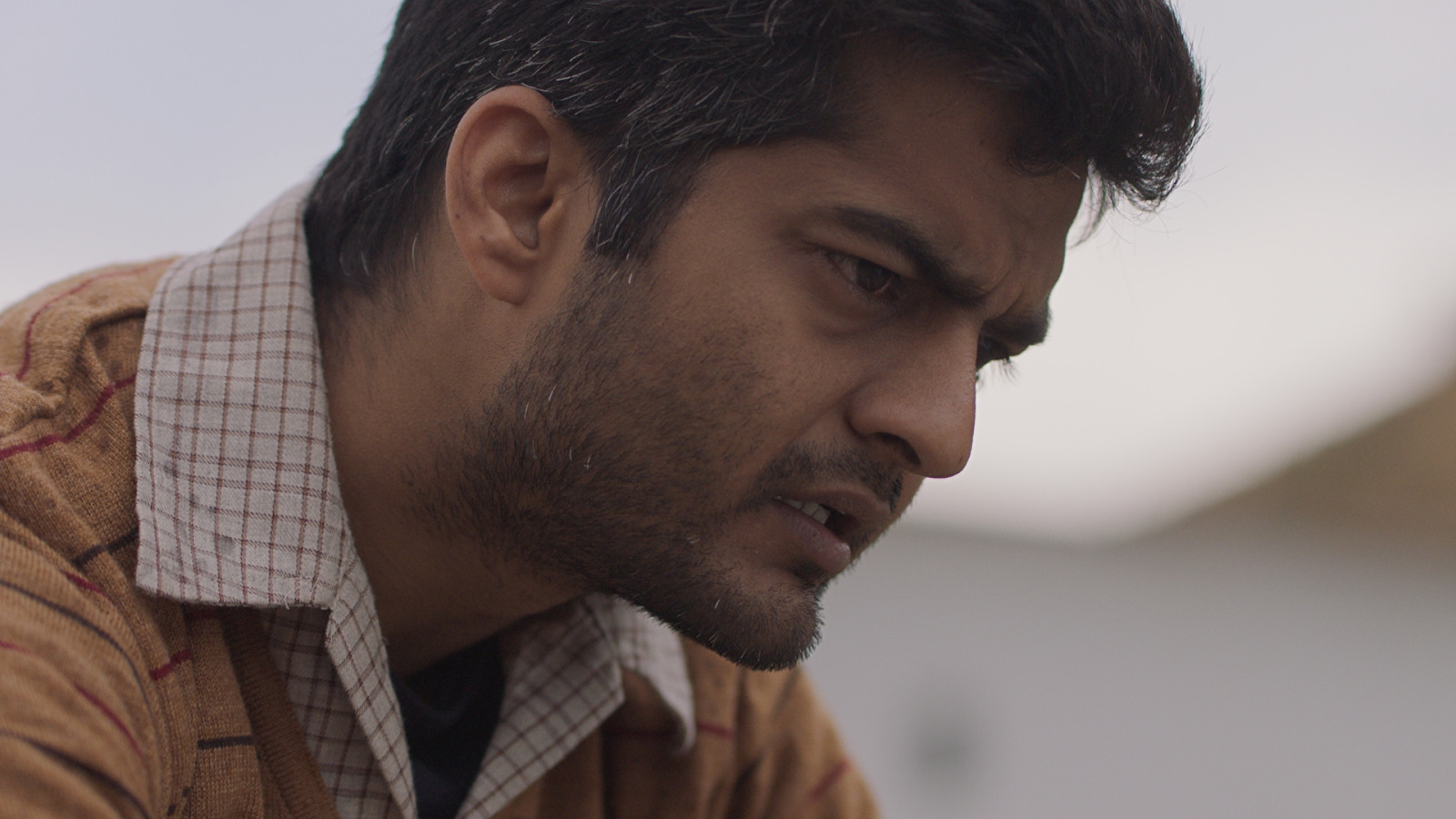
Did you bring your equipment from New York, or did you rent everything locally? How much gear did you transport with you? Were your travelling light or was this a heavy production?
All our equipment was hired locally from New Delhi. The film is shot almost entirely handheld, with a simple camera set up made up of an ALEXA Mini and an easy rig. It allowed us to favor the kineticism of the kids, adapting to their natural blocking and staying out of the way as much as possible. It was an equipment-heavy production given that most of the location was exteriors in sometimes extreme weather conditions so involved a lot 20×20 flags and generators etc. But in India, every piece of equipment comes with a handler, it’s sort of like the insurance. So we were moving around set ups easily but had to manage a lot more crew than we are used to.
Were there any big surprises during the production of the film, positive or negative?
I think working with children and so many first-time actors led to a lot of surprises, I had to learn to think on my feet really quickly. Early in the rehearsal process with the kids, I realised that learning the lines and creating blocking early was killing the scenes, it started to feel very rote for the kids. I just stopped doing that, so honestly, I hadn’t really seen them perform until we got on set even though I was sure of my casting choices. There was a big risk and a lot of trust. The first day was tough on all of us, the kids were really nervous but somewhere in the middle of the shoot, they completely embodied the characters, it was a little surreal how they started acting. Eventually, it started to feel like the easiest working relationship with an actor I’ve ever had.
Did you use any pre-existing films as visual references to guide you through the production of BITTU?
I was inspired by the filming methods of ENTRE LES MURS and Ken Loach’s KES for the classroom scenes. Using a roving camera and unobtrusive approach to make room for improvisation and naturalism for the kids. We really wanted to capture the atmosphere and distraction of the average classroom hour and just keep it natural. For the poisoning, we were very intentional about not sensationalizing it which called for still and patient wide frames like Andrew Wythe’s paintings. Shreya and I wanted to create a visual aesthetic that felt rooted in realism more than anything else, so we tried a lot of long takes to feel like you’re actually with the kids. I wanted the place to feel a little sick, that feeling was accentuated in the grade by our colorist in Bombay, Mahak Gupta, who worked the image so well to create a color palette in opposition to what India is always imagined as.
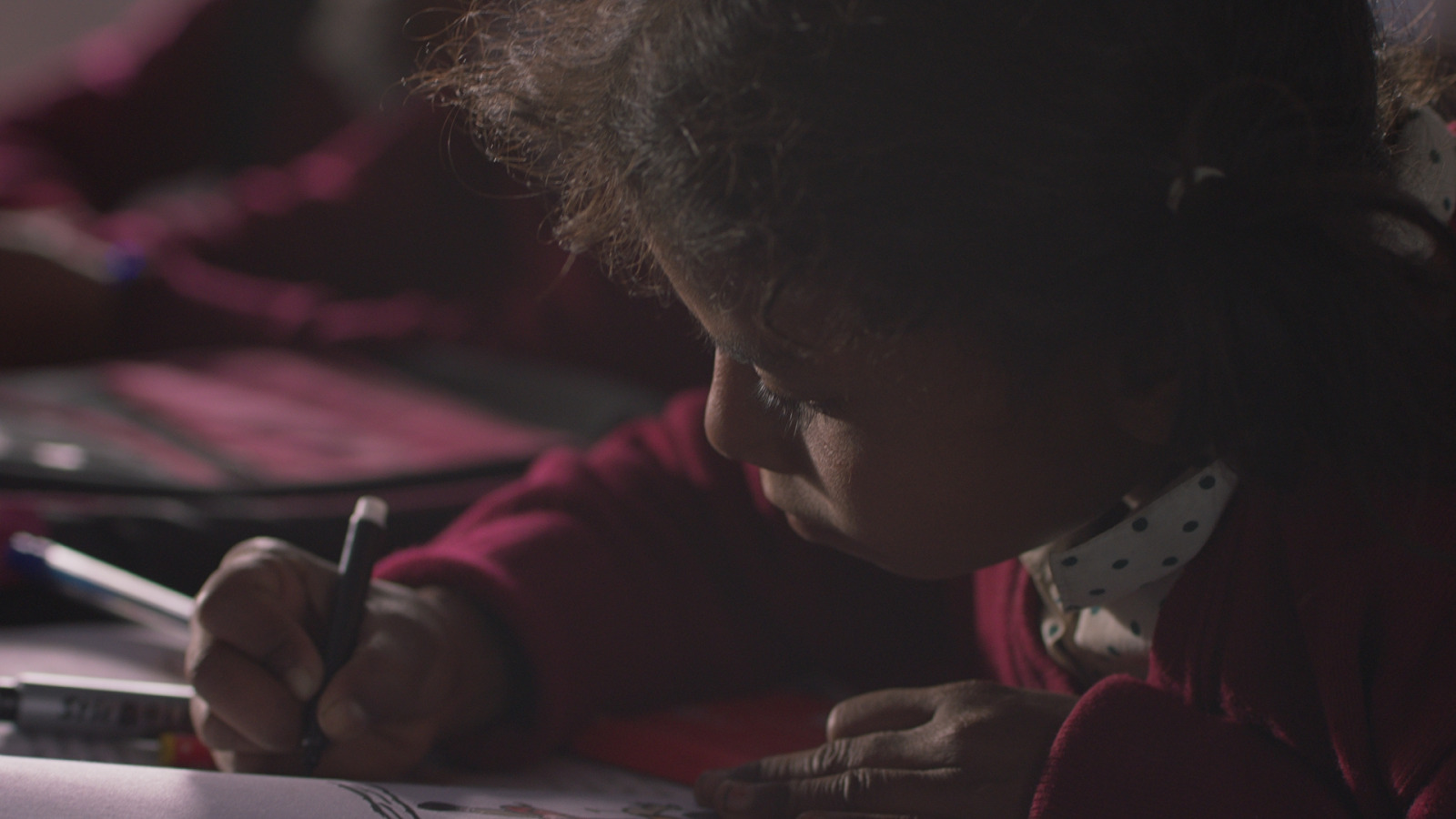
If you could go back in time and give yourself advice before flying to India to make this movie, what would you say?
Probably to try and enjoy it more and stress less.
Obviously the film has a festival run coming up, and with COVID-19 raining on everyone’s parade, the future is pretty unpredictable, but do you have any plans for the future that you would like to share with us?
I’m really hoping I will get to see the film with an audience sometime before the end of this festival run. Right now we are trying to plan a screening back in India so we can show the film to all the kids together. We have some more exciting festival announcements coming up soon!
Catch BITTU on the festival circuit and keep your eyes peeled for more of Karishma’s work in the future!


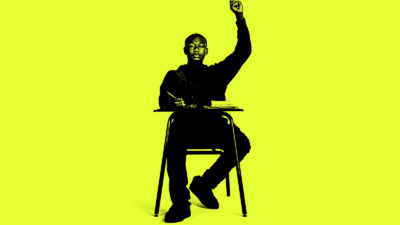
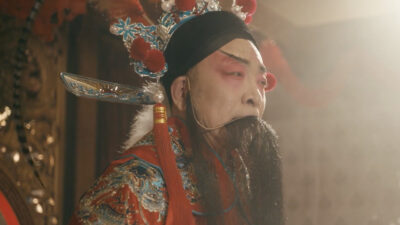
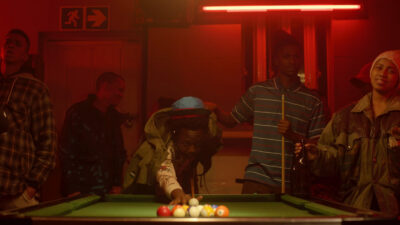
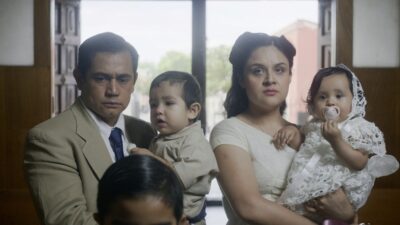
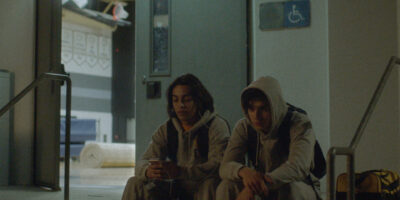
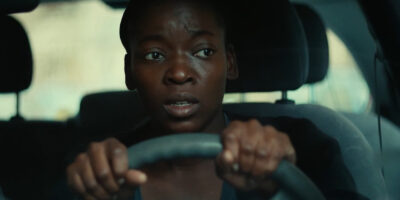

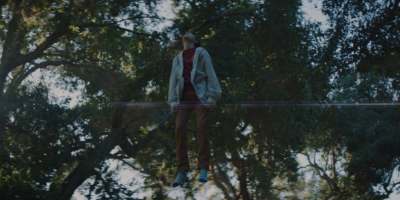
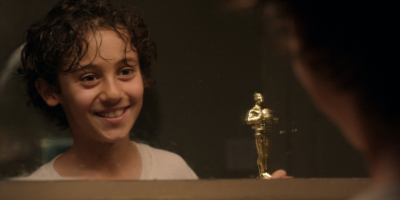
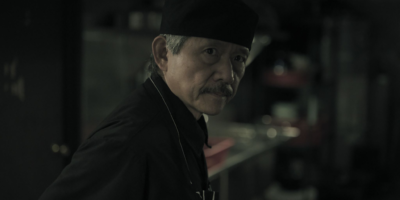
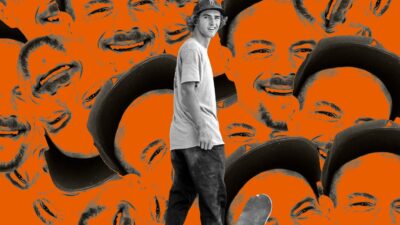



Comments